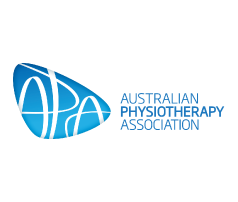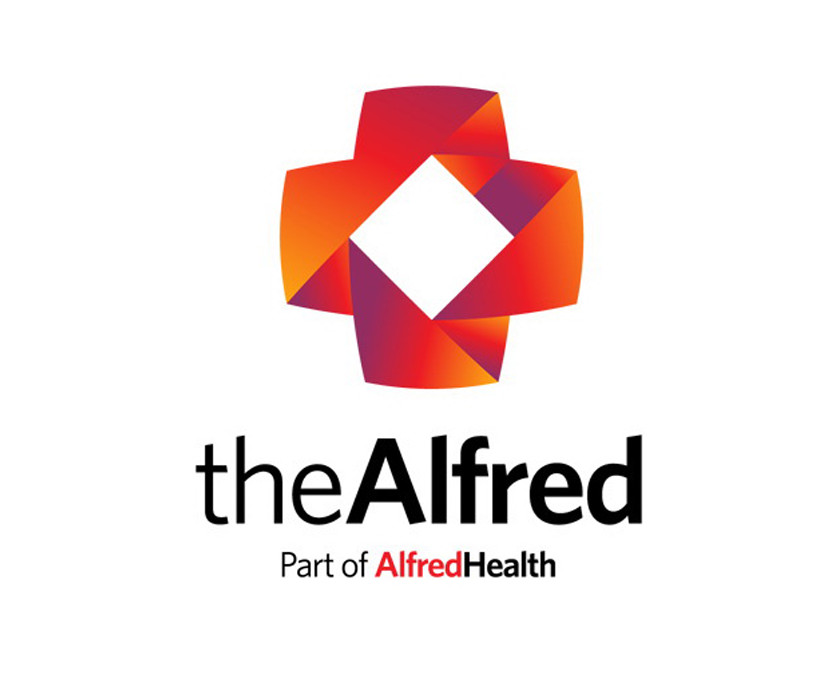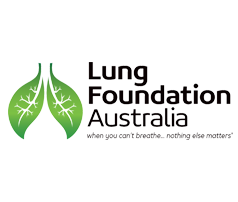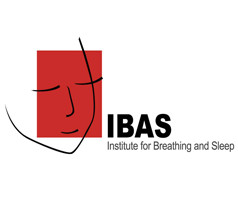Diagnosis
The diagnostic criteria of bronchiectasis in Aboriginal, Torres Strait Islander and Mãori people are exactly the same as in non-Indigenous people. This includes the necessity to perform investigations to exclude underlying causes of bronchiectasis.
Chronic suppurative lung disease and bronchiectasis in Aboriginal patients are common presentations to hospital based and remote care facilities in the Northern Territory. Epidemiological data relating to these diseases exists for the indigenous paediatric population, however, adult data is conspicuously absent.
FOR TREATMENT STRATEGIES IN LOCAL LANGUAGES – VISIT THE STRONG LUNGS WEBSITE
Early diagnosis and therapeutic intervention are required to
slow down respiratory decline
reduce morbidity and mortality
improve quality of life
optimize the efficient use of health care resources
(TSANZ Bronchiectasis Guidelines)
While the true burden of bronchiectasis in the Top End Aboriginal population remains unknown, it is manifestly significant and disproportionate to non-Indigenous groups.
Challenges to the identification and treatment of bronchiectasis in the Aboriginal population are those of all chronic disease and are related to social disadvantage, increased risk factors for disease both modifiable and not, along with reduced access to health services.
An effective approach to addressing this ‘gap’ between Indigenous and non-Indigenous patients requires consideration of the social determinants of health including:
social gradients
employment
early childhood development
social support networks
addiction
access to healthy food
travel
Australian Aboriginals often represent a vulnerable subgroup of the Australian population with regard to access to health care. Addressing these barriers to health care requires a coordinated approach from health care providers and government, working collaboratively with communities to achieve local healthy living goals. A sustainable approach to addressing the management of chronic lung disease in the top end Indigenous population relies upon further research into the epidemiology of these diseases and the incorporation of lung health interventions into broader strategies to address chronic disease. The goals for the treatment of bronchiectasis in the Australian Indigenous population are not limited to this population, rather they are access to resources and best practice available to all Australians, delivered in a culturally appropriate and sensitive manner.
The Indigenous Lung Health Check List, developed by the Indigenous Respiratory Outreach Care Program, is a culturally sensitive screening tool for the Indigenous community. The presence of a lung condition may be identified by answering eight simple questions.
The Healthcare Team
A doctor to prescribe medications and complete investigations such as chest x-rays, blood tests and sputum samples
A physiotherapist to assist with airway clearance and exercise advice
Nursing and other allied health staff to provide support to all aspects of healthy living
It is essential that health providers introduce themselves to the Aboriginal Health Worker, Aboriginal Liaison Officer or Indigenous Translator assigned to their service. It is also important for health providers to understand the distinction between these roles.
Aboriginal Health Workers (AHWs): are trained to provide clinical care services and cultural support. This may include professional scope for medical procedures or administering medications, however the role varies across state and territory regions.
Aboriginal Liaison Officers (ALOs): are trained to provide social and cultural support. In some jurisdictions ALOs are specifically trained in healthcare terminologies to enable patient understanding of medical plans and procedures.
Indigenous Translators: are trained to provide translation between Indigenous and English languages. These services may be available in person or via a remote communication service. The individual translator may or may not be trained in healthcare terminology, and it is the responsibility of the healthcare professional to ensure appropriate patient information is provided.
Management strategies
The principles of treating bronchiectasis in Aboriginal, Torres Strait Islander and Mãori people are similar to that in non-Indigenous children and adults (see Management Strategies). Adaptation of delivery of care and education are generally required when servicing Aboriginal and Torres Strait Islander people. Those who live in rural-remote regions provide particular challenges for the delivery of care. In asthma, including local Indigenous workers improves outcomes, but there are no data specific for bronchiectasis.
Health literacy has emerged as an important social determinant of health. On average, New Zealanders have poor health literacy scores. A 2006 study (Ministry of Health 2010), found that 4 out of 5 Mãori males and 3 out of 4 Mãori females had poor health literacy.
Recommendation-31 of the Australian and New Zealand guidelines states that “Providing healthcare for Indigenous people in rural-remote regions requires flexible and adaptive arrangements. However, it should not alter the objective of delivering best practice treatment to this population” (TSANZ Bronchiectasis Guidelines).
Strategies may include:
Involve the family and Aboriginal Health Practitioners (AHP) when possible
Include and engage family members when discussing medical strategies
AHP’s provide a communication link between medical staff and patients, ensuring that the treatment provided is culturally appropriate.
Involve Kaiawhina (Mãori cultural support workers)
To provide cultural guidance to support and manage patients
To provide cultural safety in a Mãori context
Interpreter Services (www.ais.nt.gov.au)
In the Northern Territory alone there are more than 100 Aboriginal languages and dialects spoken
Use an interpreter if communication is an issue
Involve the Aboriginal Liaison Officers (ALO) and Indigenous Liaison Officers (ILO) when appropriate ##
Good communication is essential for appropriate management
Smoking cessation
Smoking and smoke from fires should be limited as much as possible
Educate patients regarding the issues with smoke and support to quit smoking
Hygiene
Education regarding the importance of good hygiene before cooking, eating and feeding the children
Education on upper airway hygiene – nose blowing and cleaning
Clinic visits
Vaccinations
Education regarding signs of deterioration in symptoms ##
Regular check ups
When adults go to clinic for a check up – use the opportunity to check their children, particularly if they have a cough
Visual aids
Challenges of assessment and management
In addressing any health issues including respiratory illness in Indigenous people, social determinants of health are undeniably important which cannot be adequately addressed here. Major advances in Indigenous health will follow improvements in education and housing, and reductions in poverty, and improved access to high quality culturally-sensitive health care. Health is intertwined with every aspect of life – education, human rights, social justice, the environment, economy and employment. Redressing health equity through action on the social determinants of health has to occur through Indigenous models of health that respect and understand indigenous beliefs and world views. Nevertheless, the provision of high quality care requires the application of the best evidence on prevention and management.
Strategies for working in an Indigenous context (Gabb and McDermott 2007):
Strengthen the resilience of Indigenous Peoples
Incorporate deep listening into your practice
Keep a “de-Othering” perspective
Activate cultural competence and cultural safety in the workplace
Build environments for change
Employ extended advocacy
Treatment Compliance
There is a tendency for health professionals to use the term ‘non-compliant’ when patients have not followed a treatment plan. This can be detrimental to the relationship between a patient and their healthcare team, as it assumes all responsibility to the individual person, rather than the health provider.
There are many reasons why a patient might not be able to follow a certain treatment plan, including:
Shame and stigma
Access to culturally sensitive services
Financial or geographical limitations
Responsibilities to family
Obligations to community/cultural business
In establishing why a treatment plan has not been followed, the healthcare professional should consider the individual needs and health literacy of the patient and their family. It may be helpful to reflect on the following questions:
Is the patient concerned with their breathing difficulties?
Did I explain my role and intentions?
Did I provide accessible information and education?
Did I appropriately gain consent to treatment?
Did I engage cultural support during treatment?
Did I ask the patient if they were comfortable in continuing self-directed treatment?
Did I liaise with necessary social support and services in the community?
Traditional Healing
People living with bronchiectasis often wish to explore the causes of their breathing difficulties, which requires support from their healthcare team. Aboriginal and Torres Strait Islander Australians may follow traditional belief systems, and may ask questions in consideration of the interaction of health problems with connection to country and spirits.
The patient may be fearful that their breathing difficulties have arisen due to cultural responsibility or shame. As a healthcare professional, it is important to listen, recognise your patient’s beliefs, and provide reassurance that their concerns have been heard. The patient should be offered the opportunity to meet with an Indigenous staff member or community elder to discuss their beliefs.
It may be appropriate to arrange a traditional healer to meet with the patient in the acute or community settings, to complement standard healthcare measures. In Central Australia the traditional healers are called ‘Ngangkari’ and may be men or women, adults or children. They may use traditional bush medicines or complete healing ceremonies to target the concerns of the person.
Prognosis
There is limited data on prognosis of bronchiectasis in Aboriginal and Torres Strait Islander people. In a Central Australian study, the mortality of adults with bronchiectasis from a hospital-based cohort is very high (11.5% died within 12-mo) despite the relatively young age (mean age of 42, SD 15years). While there is no published data relating to prognosis on Aboriginal and Torres Strait Islander children with bronchiectasis, the clinical impression is that the prognosis is similar to that of non-Indigenous children, mentioned above, when they receive optimal treatment.








